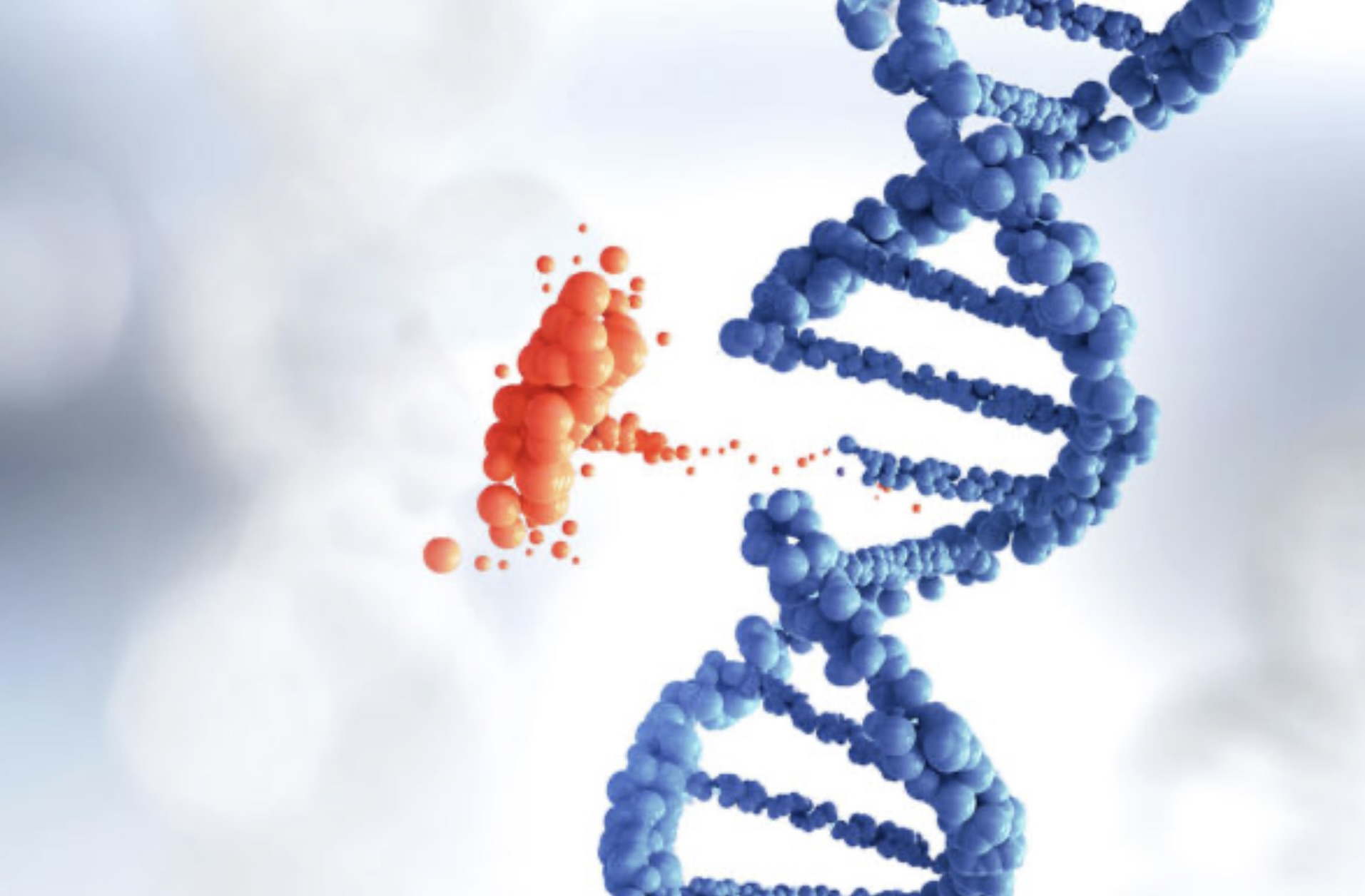Thalassemia: Symptoms, Causes, Treatment
What are the symptoms of thalassemia?
Thalassemia is a group of inherited blood disorders that affect the body’s ability to produce hemoglobin, the protein in red blood cells that carries oxygen. The symptoms of thalassemia can vary depending on the type and severity of the condition, but common symptoms may include:
- Anemia: Thalassemia can cause anemia, which can lead to fatigue, weakness, and pale skin.
- Jaundice: Anemia in thalassemia can lead to an excess of bilirubin, a substance that is normally broken down by the liver. This can cause yellowing of the skin and eyes (jaundice).
- Enlarged spleen: Thalassemia can cause the spleen to become enlarged, which can lead to abdominal pain, feeling full or bloated, and anemia.
- Bone deformities: In some cases, thalassemia can lead to bone deformities, especially in the face and skull.
- Delayed growth and development: Children with severe thalassemia may experience delayed growth and development.
- Fatigue: Anemia can cause fatigue and weakness, which can affect daily activities and quality of life.
- Shortness of breath: Anemia can lead to a lack of oxygen in the body, which can cause shortness of breath, especially during physical activity.
- Heart problems: Severe thalassemia can lead to heart problems, including an enlarged heart, arrhythmias (irregular heartbeats), and heart failure.
- Poor appetite: Anemia can lead to a reduced appetite and poor weight gain in children.
- Dark urine: Thalassemia can cause the breakdown of red blood cells, leading to the production of bilirubin and the excretion of dark urine.
It’s important to note that the symptoms of thalassemia can vary widely among individuals, and not everyone with thalassemia will experience all of these symptoms. The severity of symptoms can also vary depending on the type and severity of the condition. If you or your child are experiencing symptoms of thalassemia, it’s important to consult with a healthcare professional for an accurate diagnosis and appropriate management.
What are the causes of thalassemia?
Thalassemia is caused by mutations in the genes that are responsible for producing hemoglobin, the protein in red blood cells that carries oxygen. These mutations can affect the production of either the alpha globin chains (alpha thalassemia) or the beta globin chains (beta thalassemia) of hemoglobin. The severity of thalassemia depends on the number of genes that are affected by mutations.
The main causes of thalassemia are:
- Genetic inheritance: Thalassemia is inherited in an autosomal recessive pattern, which means that a person must inherit two mutated copies of the gene (one from each parent) to develop the disease. If a person inherits only one mutated copy of the gene, they are considered a carrier of thalassemia and are usually asymptomatic.
- Gene mutations: The mutations that cause thalassemia can occur spontaneously or be inherited from one or both parents who carry the mutated gene. The specific mutation(s) determine the type and severity of thalassemia that a person will have.
- Ethnicity: Thalassemia is more common in certain ethnic groups, including people of Mediterranean, Middle Eastern, Southeast Asian, and African descent. In these populations, the frequency of carriers of thalassemia can be relatively high, increasing the risk of having children with thalassemia if both parents are carriers.
- Family history: Having a family history of thalassemia increases the risk of inheriting the condition. If both parents are carriers of thalassemia, each child has a 25% chance of inheriting two mutated copies of the gene and developing thalassemia.
It’s important to note that thalassemia is a genetic disorder and cannot be caused by factors such as infections or environmental exposures. If you have a family history of thalassemia or are concerned about your risk of being a carrier, genetic counseling can help assess your risk and provide information about testing and family planning options.
What is the treatment for thalassemia?
The treatment for thalassemia depends on the type and severity of the condition. Treatment may include:
- Blood transfusions: People with moderate to severe thalassemia may need regular blood transfusions to maintain a healthy level of red blood cells. This can help prevent complications of anemia and improve quality of life.
- Iron chelation therapy: Regular blood transfusions can lead to iron overload in the body, which can damage organs such as the heart, liver, and endocrine glands. Iron chelation therapy is used to remove excess iron from the body and prevent complications.
- Folic acid supplementation: Folic acid supplements are often prescribed to help the body produce healthy red blood cells.
- Bone marrow transplant: For some people with severe thalassemia, a bone marrow transplant may be recommended. This procedure can cure thalassemia by replacing the faulty bone marrow with healthy donor marrow.
- Gene therapy: Gene therapy is a promising treatment for thalassemia that involves inserting a normal copy of the affected gene into the patient’s cells to restore normal hemoglobin production. This treatment is still experimental and not yet widely available.
- Splenectomy: In some cases of thalassemia, removal of the spleen (splenectomy) may be necessary to manage complications such as enlarged spleen or low red blood cell count.
- Supportive care: People with thalassemia may benefit from supportive care such as regular medical check-ups, vaccinations to prevent infections, and dietary counseling.
It’s important for individuals with thalassemia to work closely with a healthcare team that specializes in the condition to develop a treatment plan that is tailored to their specific needs. With proper treatment, many people with thalassemia can lead healthy, productive lives.




